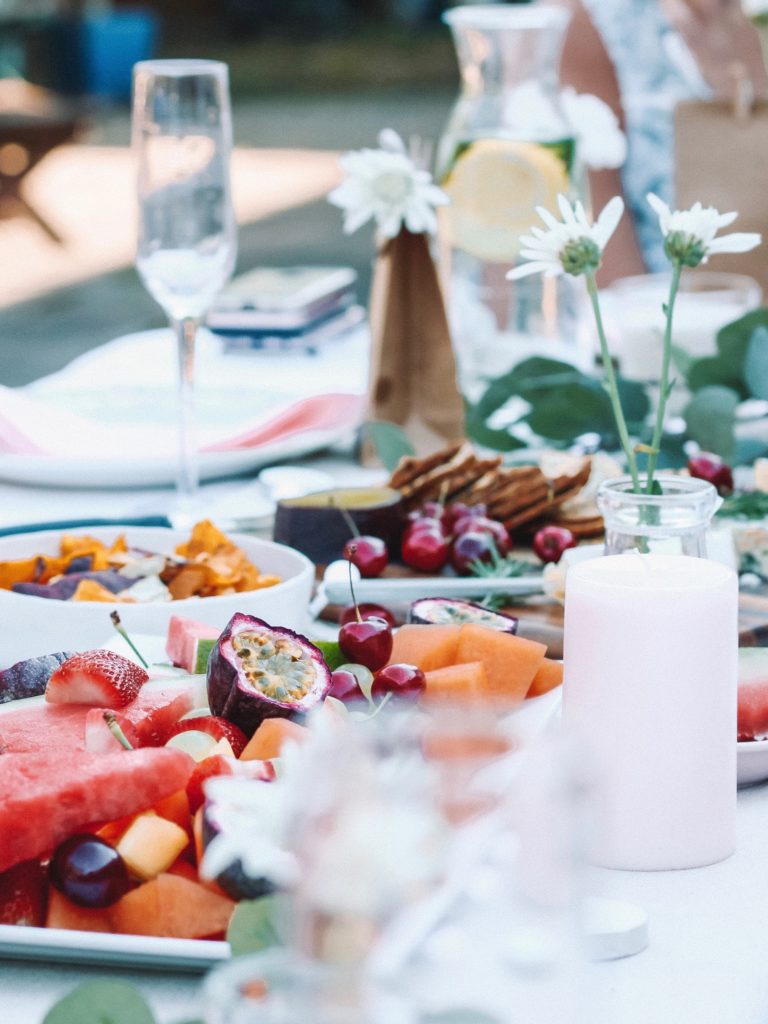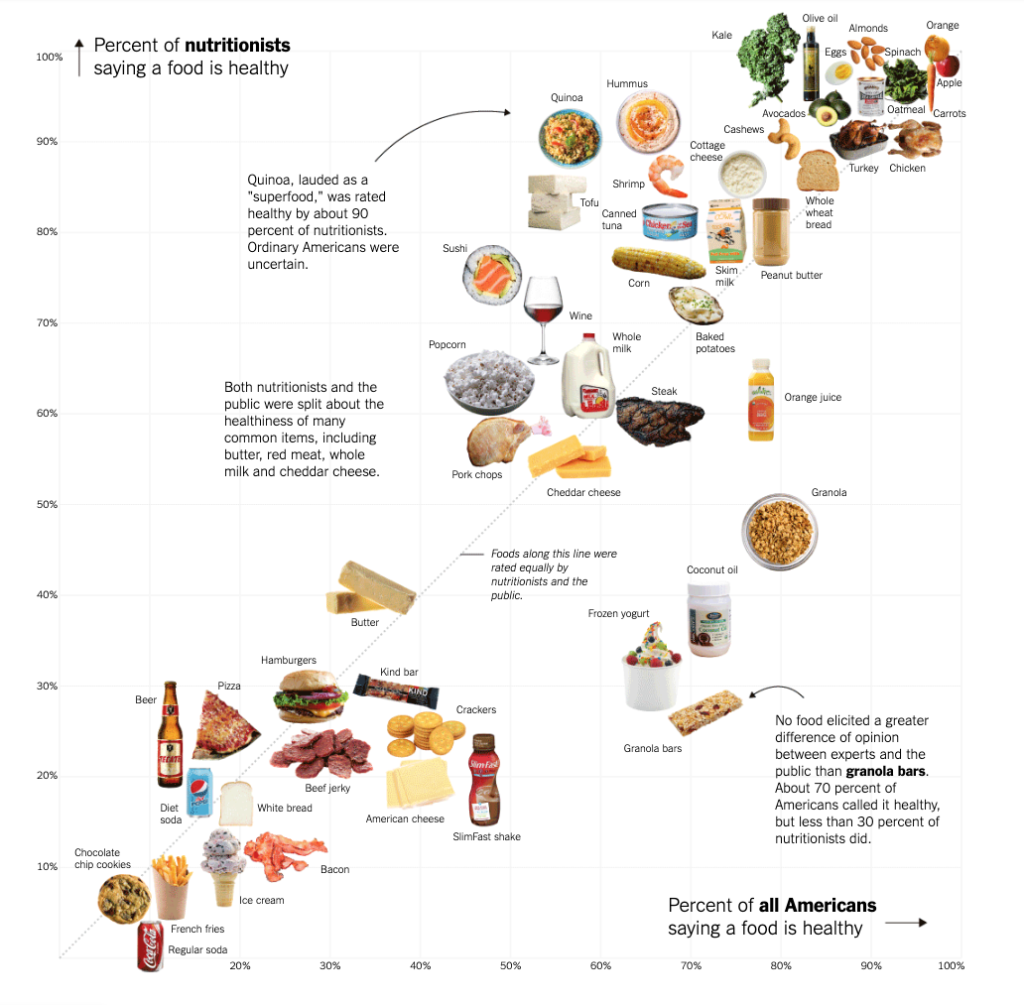
In the minutes before yoga class a few weeks ago, I saw my friend Shana walk into the studio. Happy to see her, I jumped up and immediately heard a POP in my leg.
Not good.
But because I can be stubborn and willful, I decided to stay.
It’s not that bad.
You can make it through.
Come on Robyn, you’re tough. You got this.
As soon as I half attempted Warrior 2 pose, it became VERY clear I needed to go.
Tail tucked between my legs, I grabbed my mat and hobbled out of class.
Tim, my Godsend of a physical therapist, diagnosed the injury the next day (a strained gastrocnemius muscle) and set me up with a few weeks’ worth of PT appointments.
It wasn’t as bad as I feared, but it would take some time to heal.
With extra time on my hands, I did what I always do – analyze and overthink and ultimately, look for the lesson.
The lesson was a familiar one. I’d been pushing myself too hard. My body sent warning signals in the days before the POP, but I ignored them.
Why?
Because like so many women out there, I struggle with feeling like I’m enough.
You should be stronger.
You should be thinner.
You should be working harder. Volunteering. Socializing more.
A few days ago, I read this post by Seth Godin.
How big is your unfillable hole?
It doesn’t really matter, does it?
All of your bad habits (and some of your good ones) exist to fill that hole, or to protect it from being seen.
And as long as our mission is to fill the hole, and as long as the hole remains unfillable (and after all this time, if it’s not filled yet, good luck with that) it doesn’t really matter how small or trivial or unmentionable the hole is.
It still drives us.
The first step to living with it is to acknowledge it.
You can’t make it go away.
But you can learn to dance with it.
No amount of meters rowed on a rower or FitBit steps taken or pounds lost or success will lead to this elusive destination known as enough (or perfect). Being “enough” is my unfillable hole. For you it might be feeling lovable or safe or whole or seen. The unfillable hole might be a trauma you experienced or the loss of a loved one. Or – you may not have an unfillable hole at all.
What I love most about Seth Godin’s post is the line, “you can’t make it go away.” It’s the trying to make it go away that usually gets us in trouble, yeah? All the chocolate and wine and Prozac and marathons and Netflix binges in the world can’t fill the void.
We can’t make it go away, but we can acknowledge and accept it. We can increase our ability to practice self-compassion. We can build up our self-esteem. We can learn from missteps, forgive ourselves for being human and move forward with a bit more wisdom than before.
I like to say I’m a perfectionist in recovery. “Enough” will always be unattainable. I will suffer relapses (sometimes daily). And that’s okay.
The unfillable hole won’t go away, but my dance with it can become more graceful.
💙 Robyn
To learn more about Personal Health Coaching click HERE.




